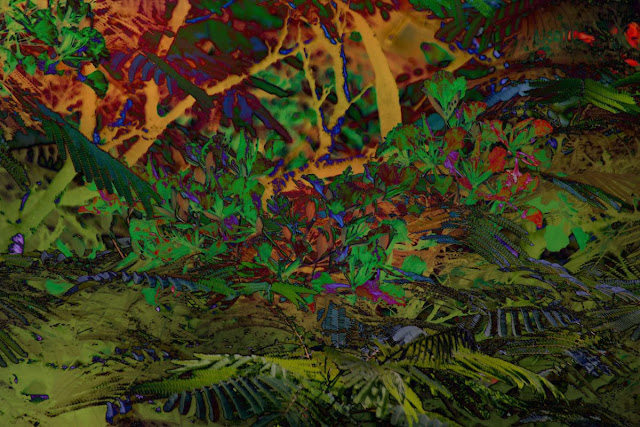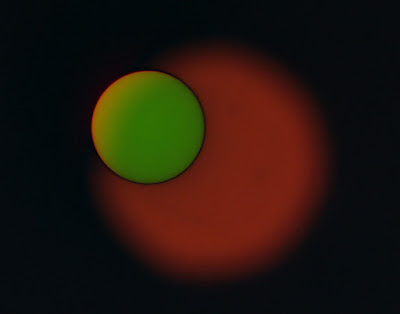Jupiter is the largest planet in the solar system, a gas giant of Hydrogen and Helium with some Ammonia in the upper beautiful clouds layer (and small amounts of other things). Juno spacecraft will arrive to Jupiter on the symbolic day of the 240th independence day of the USA and enter into an orbit around it. Here are some interesting facts about Jupiter.
 |
| Jupiter - Hubble telescope - NASA |
Jupiter is massive
Jupiter is not only big, it is massive as well. You can say that the entire mass of the solar system is divided in the following way. 99% of the mass is the Sun, 2/3% of the mass belongs to Jupiter and all the rest is just 1/3% (This division is not scientifically accurate but is suitable enough for our needs). Jupiter mass is two times the mass of everything else in the solar system except the sun, and this mass influences the sun and cause it to wobble a little in its orbit. The barycenter of the sun-Jupiter system is well OUTSIDE the sun.
Jupiter can't become a star
Although Jupiter is huge it is still far too little to become a star and it requires to add at least twenty times its own mass or even more to become so. Adding just little more mass, two-three times as its current mass, will not make Jupiter bigger but will make it denser, but not dense enough to start nuclear fission.
You can see Jupiter in daylight
Jupiter is seen clearly from Earth. It is the brightest object in the sky after the sun, moon and Venus. Under best conditions, Jupiter can be seen during the day. It requires some practice but possible.
Jupiter has lots of visitors
The first spacecrafts to visit Jupiter were the Pioneer missions in the early seventies followed by both Voyagers missions in 1979. It took some time for the next visitor, Ulysses in 1992 which was on her way to explore the sun poles and got to Jupiter in order to use its gravity to change orbit. Galileo in 1995 was the first spacecraft to orbit Jupiter for a long period and ended in a brave crash into its atmosphere. Cassini just said a quick hello in 2000 on her way to Saturn and New-Horizons also "stopped by" for a cup of coffee on her way to Pluto. Juno mission will be an interesting long mission around Jupiter.
Jupiter protects us
The great mass of Jupiter helps to keep the solar system clean and remove hazards such as asteroids and comets from the inner solar system. Sometimes Jupiter fell asleep during his watch and the dinosaurs are still angry about him, but without Jupiter, things will be worse. Jupiter also gets the bullet for us from time to time. In 1994 Shoemaker-Levy comet crashed into Jupiter and left some scars on it for about a year. Not long ago an amateur astronomer got another small crash on video:
Jupiter is not alone
Jupiter has lots of company. 67 moons so far and probably plenty of smaller ones. Its four largest moons were discovered in 1609 by Galileo. The largest moons - Io, Europa, Ganymede, and Callisto - are bright enough to be seen by the naked eye, but Jupiter is too close to them and prevents that. Even a small binoculars will show the moons.
It is best to keep some distance from Jupiter
Ask Io. A small moon and one that its planet has enormous influenza on its structure. Io is smaller than our moon and the distance from Jupiter's center to Io is around 400,000 km. To be so close to Jupiter is not a good idea. Strong gravitational forces cause earthquakes and volcanic activity and made Io look like... Like what actually?
 |
| Io - Nasa JPL |
Jupiter helped to measure the speed of light
The Danish astronomer Ole Romer noticed a difference between the predicted time and actual time of Io's (The cheese ball from above) eclipses behind Jupiter. His idea was that these difference derived from the changes in Earth-Jupiter distance and that the light has a speed. He gave a value of 220,000km/sec which is around 76% of the actual value, a really good approximation!
Jupiter can suddenly Vanish from our view
Well, not that suddenly but the moon can occult Jupiter (just like any other planet). It is a rare event and here is a short video I took several years ago.













